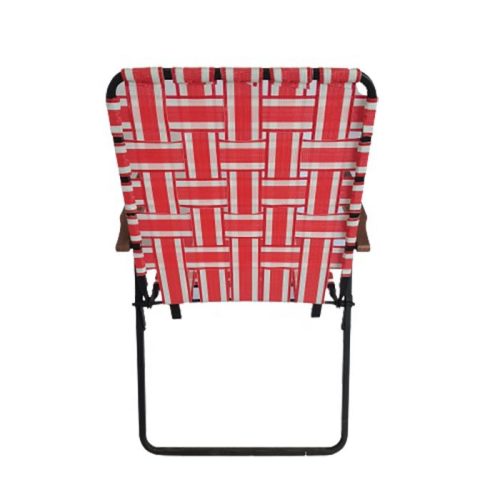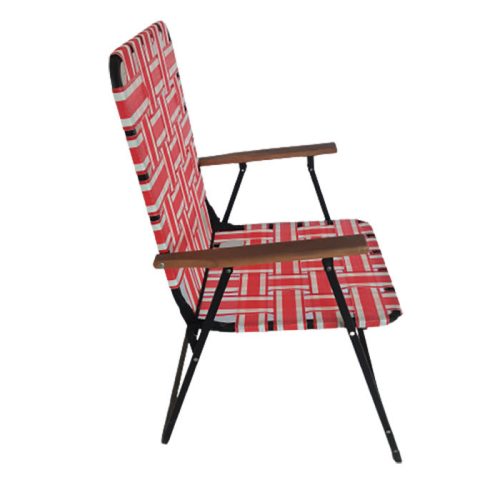Chair webbing designs offer a wide range of possibilities, allowing you to create unique and visually appealing patterns while also providing comfortable and supportive seating. Here are some ways to explore the versatility of chair webbing designs:
- Woven Patterns:
- Traditional woven patterns involve weaving the webbing over and under itself to create a grid-like design. You can experiment with different weaving styles, such as basketweave, herringbone, or chevron, to achieve various visual effects.
- Woven patterns can range from simple and clean to intricate and decorative, depending on the complexity of the weave.
- Geometric Designs:
- Create geometric shapes and patterns using the chair webbing. Triangles, squares, diamonds, and hexagons can be formed by strategically placing the webbing strips and securing them at the appropriate angles.
- Diagonal Weaves:
- Instead of the traditional horizontal and vertical weaving, consider diagonal patterns. Diagonal webbing creates an interesting visual dynamic and can add a modern touch to your chair.
- Color Play:
- Explore the use of different colored webbing to create contrast and visual interest. Mixing and matching colors can highlight the pattern and make the chair a focal point in the room.
- Contrasting Materials:
- Combine multiple types of webbing materials to create a textured and multidimensional design. For example, you could use jute webbing for the horizontal strips and elastic webbing for the vertical strips.
- Gradient or Ombre Effects:
- Transition from one color to another across the webbing surface to create a gradient or ombre effect. This can add a unique and artistic touch to your chair.
- Symmetry and Asymmetry:
- Experiment with symmetrical designs for a balanced and harmonious look. Alternatively, asymmetrical arrangements can create a more dynamic and eclectic appearance.
- Incorporate Accents:
- Integrate decorative elements such as buttons, beads, or fabric strips into the webbing pattern to add embellishments and personalization.
- Combination of Materials:
- Combine webbing materials with other upholstery techniques like tufting or cushioning to create a hybrid design that’s both visually appealing and comfortable.
- Inspired by Nature:
- Draw inspiration from nature by incorporating organic shapes and patterns, such as leaves, waves, or natural textures, into the chair webbing.
- Layering and Interlocking:
- Layer different webbing strips or create interlocking patterns for a dynamic and visually engaging design. This approach can add depth and complexity to the chair’s appearance.
- Mixing Widths:
- Use webbing strips of varying widths to create a textural and dimensional effect. Combining wide and narrow strips can result in a visually captivating design.
When exploring the versatility of chair webbing designs, let your creativity guide you. Sketch out your ideas beforehand or experiment directly on the chair frame to see how different patterns might look. Keep in mind the practical aspects of comfort, durability, and proper installation while experimenting with designs. The chair’s webbing can be a canvas for your artistic expression, allowing you to customize your furniture to your unique style.


